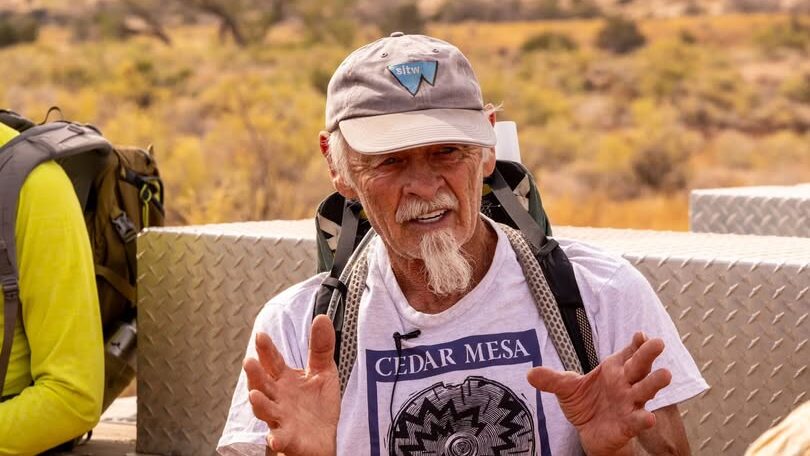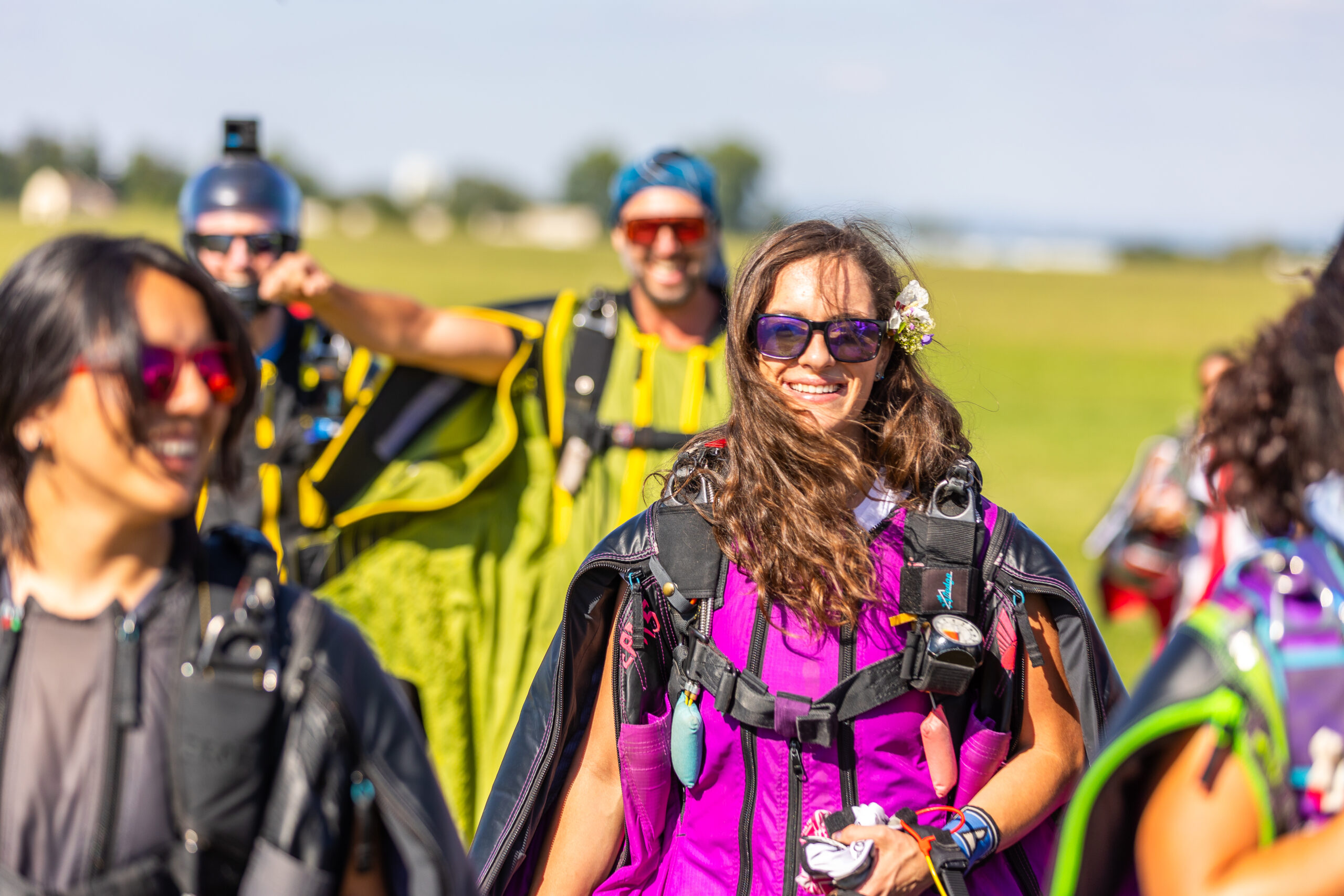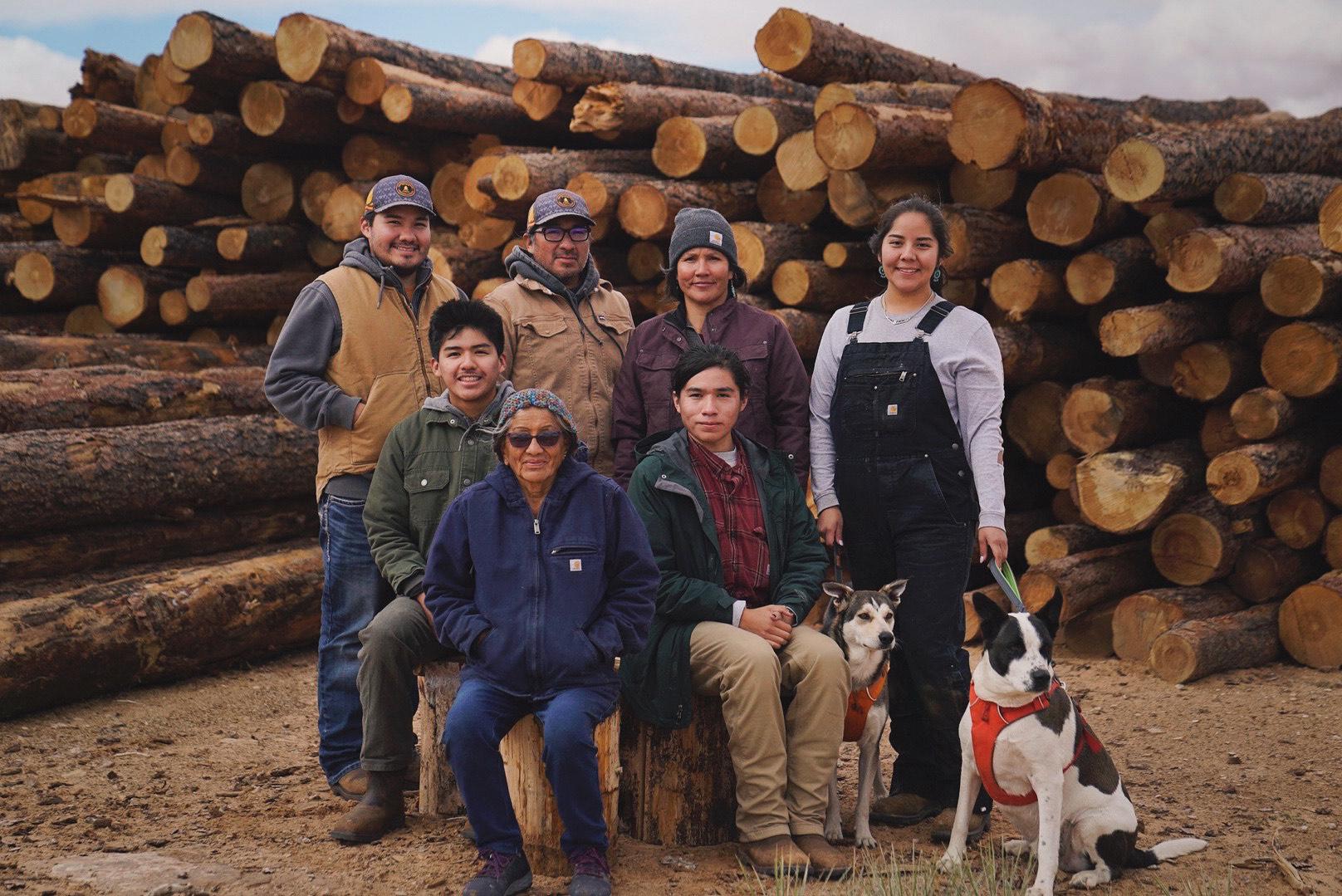Some information may be outdated.
“Never again, to anyone.”
That message closed a May 21 presentation at Star Hall from Sam Mihara, a historian and educator who has spoken to tens of thousands of listeners about his experience being forced from his home and imprisoned in a camp, along with thousands of other Japanese Americans, during World War II.
The Moab Museum invited Mihara to speak in Moab to augment its current temporary exhibition, “A Moab Prison Camp: Japanese American Incarceration in Grand County.” The exhibit explores the history of the isolation center that was housed in an old Civilian Conservation Corps camp at Dalton Wells, north of Moab.
“It tells a story about Moab’s role in a global affair,” said Moab Museum Director Forrest Rodgers, speaking to the audience at Star Hall.
Mihara’s presentation was the last in a series of events related to the exhibit; the exhibit will be on display at the museum through June 29.
Just after 7 p.m. that Tuesday evening, Rodgers welcomed the audience and introduced Mihara, summarizing his background and accomplishments: Before writing a memoir and traveling the country and the world on speaking tours, Mihara worked for the Boeing company for over 40 years. He was literally a rocket scientist.

Rodgers went on to outline Mihara’s imprisonment during WWII, highlighting his intentional use of the word “imprisonment” instead of “internment,” the term used at the time. The former word clearly indicates that people were held captive against their will; the latter euphemistically softens the actions sanctioned by the U.S. government.
“Those of you who have done internships certainly had a different experience” than the people imprisoned during World War II, Rodgers said.
Mihara, in glasses and a blue blazer, then took the podium and greeted the audience.
“This evening blows my mind,” he said. “I learned that Forrest and I went to the same high school.” An audience member called out, “Me too!” Mihara was tickled—he said that in over 70 years, he hadn’t met another graduate from his high school outside of high school reunions—and he met two in Moab.
Mihara launched into his informative and moving narrative, supported by a slideshow of historic photographs, clips from speeches and interviews, and images of cartoons and newspaper headlines from the 1940s.
“After the December 7 Pearl Harbor attack, life became miserable for people of Japanese descent,” Mihara said, displaying exaggerated illustrations from the time period that portrayed Japanese Americans as dangerous, violent and threatening.
In contrast to alarmist headlines and propaganda, Mihara shared photos of his own family at the time, as well as photos taken by professional photographer Dorothea Lange, who documented the forced removal and imprisonment of Japanese Americans.
In a family photo from his childhood, Mihara and his brother posed with their parents—he pointed out his 8 year old self as the one with the “folded arms and defiant expression.” His father was a journalist, and they lived in San Francisco. Just a year after the photo was taken, his family was ordered to board a bus to be relocated. People were issued identification tags.
“I remember my tag,” Mihara said. “It had my name, and it had a prisoner number.”
They were first taken to a horse racing track repurposed as a temporary holding location, where they lived for three months. Then they were put on a train that took them to Heart Mountain, Wyoming, where the family lived in a 20×20-foot room with no electricity or running water for the next three years. About 12,000 prisoners lived there, encircled by barbed wire and under the watch of armed guards.
About 120,000 Japanese Americans were imprisoned all around the West, including in Utah at a camp called Topaz, near Delta. At Manzanar camp in California, prisoners rioted in protest of their unjust treatment. Government officials seized 16 people they considered leaders of the resistance, and took them from Manzanar to an isolation center—that was the camp located just outside Moab. The Dalton Wells isolation camp held up to 49 men at one time; they were prisoners removed from other camps for being “troublemakers.”
Mihara experienced various hardships, humiliations, and tragedies at Heart Mountain: winters were extreme, with temperatures well below zero; bathroom facilities were communal, with 10 toilets to a room with no partitions or privacy; the food was bad. Of more consequence, medical care was inadequate: Mihara’s father went blind at Heart Mountain because he couldn’t access a specialist to treat his glaucoma.
“He never saw again,” Mihara told the audience.
Mihara’s grandfather died at Heart Mountain. Records still filed at the National Archives say doctors thought he had colon cancer, and recommended fasting and laxatives as treatment. Mihara remembers seeing his grandfather waste away.
In a Q&A session after the talk, an audience member asked Mihara what his worst experience at the camp was. Mihara said the most painful thing he remembers was actually outside the camp, when his family first reached Cody, Wyoming, a town close to Heart Mountain. He saw signs with racial slurs painted in bold letters, clearly indicating that people of Japanese descent were unwelcome.
“I’ll never forget that,” he said.
Those memories remain sharp, Mihara told the Moab Sun News in a phone interview.
Second-generation American Sam Mihara spoke at Star Hall about being incarcerated in a camp by the U.S. government during WWII. [Courtesy photo]
“The things that happened to me and my family are almost unbelievable,” he said. But they happened, and he tells audiences that three things allowed them to happen: hatred; fear and hysteria; and mistakes and failures from leaders.
“My bottom line is that everyone needs to be on their guard,” he said. “It could happen again.”
In 1944 a Supreme Court decision facilitated the end of incarceration for Japanese Americans. Mihara’s family lived in Salt Lake City for a few years, then returned to San Francisco. Years later, Mihara and other people formerly imprisoned at Heart Mountain had a learning center constructed on the site, where visitors can learn more about Japanese American incarceration. Mihara hopes that education can help prevent anything similar from happening again.
“The constitutional rights for American citizens are extremely important,” he said on the phone. “If some future leader decides to ignore the constitution and deny an American citizen their rights, it could happen again.”
Though the content and message were serious, Mihara’s presentation was rich with humor and surprising and heartwarming anecdotes. His book, “Blindsided – The life and Times of Sam Mihara,” contains more details about his experience at Heart Mountain. He signed copies of it after his speech; the book is available on his website, sammihara.com.
View the photo gallery provided by the Moab Museum team here, https://moabsunnews.com/2024/05/30/sam-miharas-memories-of-imprisonment-at-star-hall-in-moab-photo-recap/
Appreciate the coverage? Help keep local news alive.
Chip in to support the Moab Sun News.





